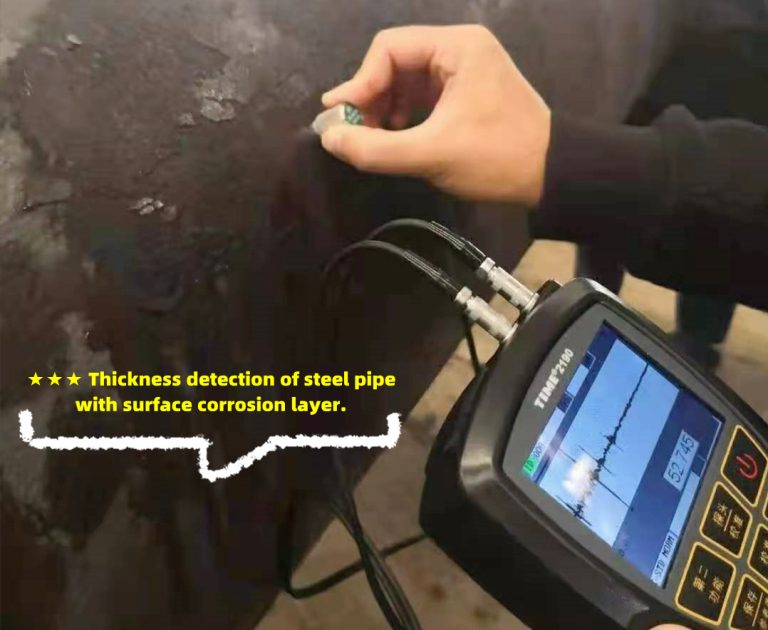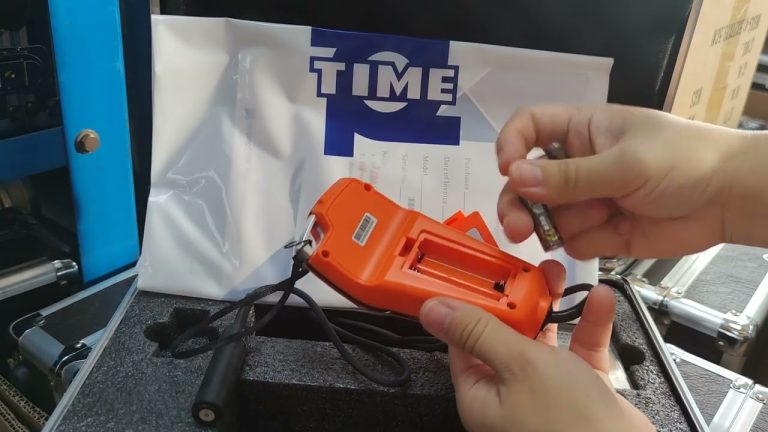Hardness is a physical measure of the degree of deformation of a substance under pressure or its resistance to puncture. Hardness can be divided into relative hardness and absolute hardness. Absolute hardness is generally used in the scientific community and is rarely used in production practice.

We usually use the hardness system as relative hardness, and there are three commonly used marking methods: Shore (also called Shore, Shore, English SHORE), Rockwell, and Brinell.
Shore scleroscope hardness, referred to as HS. It is a standard indicating the hardness of materials. First proposed by the Englishman Albert F. Shore, it is mainly used to measure the hardness of rubber, plastics, metal materials, etc. Among them, it is most widely used in the rubber and plastic industries.
The Shore hardness tester uses a steel pressure needle with a certain shape, which is vertically pressed into the surface of the sample under the action of the test force. When the surface of the pressure foot and the surface of the sample completely fit, the tip surface of the pressure needle has a certain distance relative to the plane of the pressure foot. The protrusion length L (that is, the depth of the indenter penetrating into the object to be measured) is used to represent the Shore hardness. The larger the L value, the lower the Shore hardness, and vice versa.
The principle of the Shore hardness tester is actually the same. They press a standard indenter into the surface of a standard sample under standard conditions, and measure the depth of the indentation to measure the hardness of the sample. The difference lies in the shape of the indenter. For example, SHORE A uses a conical shape, while SHORE D uses a conical shape. So A is used to test soft plastics, elastomers and rubber materials, and D is used to test hard plastics and high-hardness elastomers and rubber materials.
The following principles are usually followed when choosing:
- When the reading of type A is greater than 90, change it to type D;
- When the reading of type D is less than 20, change it to type A;
- When the reading of type A is less than 20, change it to type C;
- When the reading of type A is less than 10, change it to type O.







